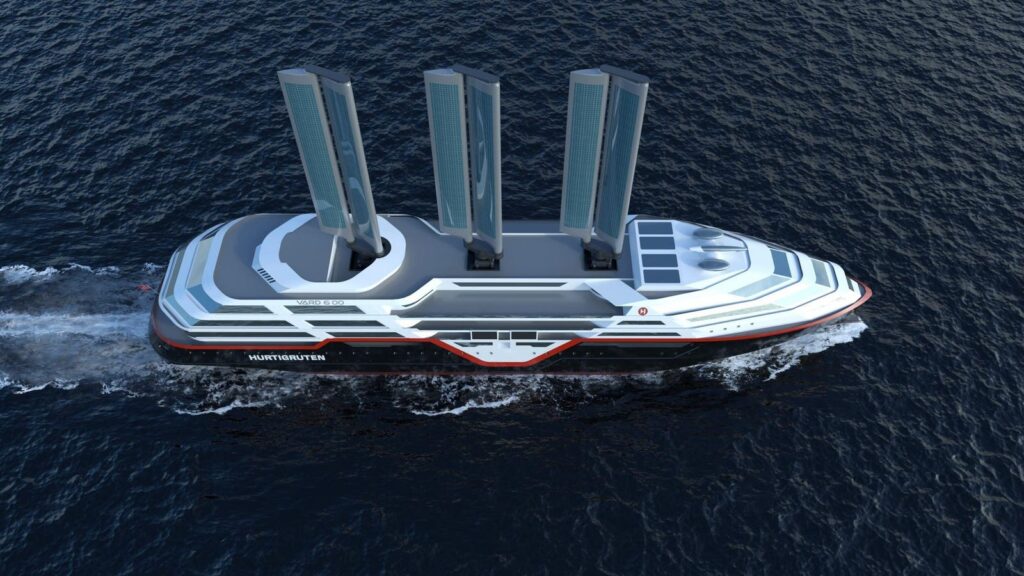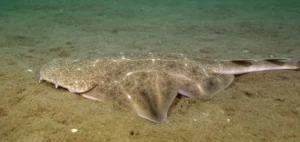
Shipping Goes Back to the Future – With Sails
The maritime industry is set to turn back the clock, as shipbuilders are reviving a centuries-old concept: sails. Yes, you read that right – sails! The idea of harnessing wind power to propel massive vessels may seem archaic, but it’s an innovative solution to tackle the growing issue of emissions.
Just over a century ago, commercial ships relied heavily on sails to traverse the world’s oceans. However, with advancements in engine technology and the rise of fossil fuels, wind propulsion largely fell by the wayside. But as concerns about climate change intensify, the shipping industry is once again embracing this ancient yet innovative solution.
One company taking the lead in this revolution is BAR Technologies, which has partnered with Cargill to fit WindWings – large wing sails measuring up to 37.5 meters in height – onto the deck of a vessel owned by Japanese automaker Mitsubishi. The Pyxis Ocean successfully completed its first six months of tests, achieving fuel savings of an impressive 11 tonnes per day during optimal sailing conditions.
The reintroduction of sails is not just a novelty; it’s a crucial step towards meeting the International Maritime Organisation’s (IMO) strategy to reduce carbon emissions from international shipping by at least 40% by 2030. The IMO estimates that global CO2 emissions from commercial shipping amount to a staggering 940mn tonnes annually.
As the industry strives to slash its carbon footprint, innovative solutions like wind propulsion are becoming increasingly essential. In addition to wind-assisted propulsion systems like WindWings, other advancements in design and technology are also coming into play. This includes more hydrodynamic hulls, special coatings to reduce friction from the water, air lubrication systems that create a layer of bubbles to decrease drag and fuel consumption, as well as more efficient propellers or fully-electric propulsion vessels.
Meanwhile, Maersk, one of the world’s largest shipping companies, has already made significant strides in reducing emissions. The Danish company is operating its large container ship Laura Maersk entirely on green methanol and has ordered eight larger carbon-neutral ships that will also run on this cleaner fuel source from Hyundai Heavy Industries. Additionally, it has placed an order for 20 dual-fuel vessels equipped with methanol and liquefied gas dual-fuel propulsion systems, which are expected to arrive between 2028 and 2030.
While these advancements show promising results, the industry still requires a multifaceted approach to achieve its ambitious emission reduction targets. Wind-powered solutions like WindWings will undoubtedly play a significant role in this effort. It’s an exciting time for innovation in shipping, and I’m thrilled to see such forward-thinking initiatives taking place.
—
(End of Article)
Please read the full article at the original source:
The article discusses how the shipping industry is reviving an ancient technology – sails! With the help of innovations such as WindWings, it seems that this 21st-century problem has an unexpected solution from the past.
Source: www.forbes.com


